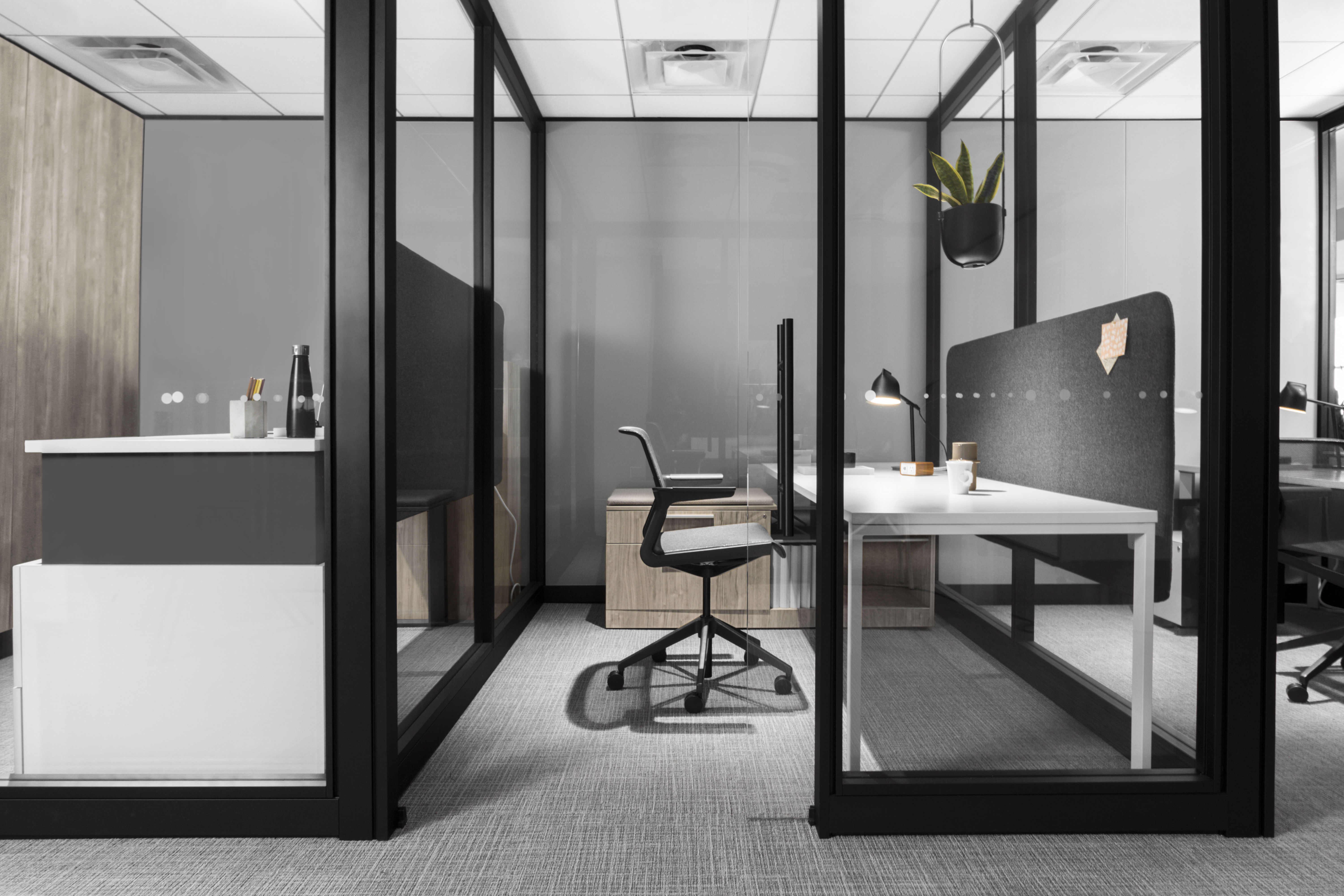This is the 2nd post in our series about Environmental Psychology considerations and how they can help inform your workplace design and protocols. Check out the other posts in this series here.
With friends in the counseling and social work field, I’ve heard it repeated many times — “You’re not working from home. You’re at your home, during a crisis, trying to work.” This sentiment, also recently shared in a work-from-home communication from the Canadian federal government to its employees, is a nice way of reminding us all: Right now is different. And it’s okay if you lost sight of that, we know you’ve got a a lot going on.
Environmental psychology tells us that even what we might consider ‘passive’ elements in our environment can send a message to users. For example, much like how supporting the same process or structure at home can improve performance, we know that providing some familiarity in the home office as compared to the at-work environment can help with performance, such as the same desk setup, or work tools. Employees are regularly reading their environments for meaning or value, perhaps more than they’re reading company memos. The good news is we have the opportunity to send positive messages of value with some simple but thoughtful design elements.
So, considering our new spectrum of challenges upon re-entry into the workplace, what should some of those design elements be? And how might we create more relaxing and supportive environments for users? With many organizations weighing the financial implications of COVID-related design changes, these questions beg answering as the talent and expertise of our workforce is potentially the compromised resource.
In our continuing series of posts to follow, we’ll explore how our surroundings have the potential to amplify or, fingers crossed, reduce stress for employees both at home and back at work, including:
- How what we see, hear, and smell while at work affects our brains
- How we process change and seek out familiarity
- How to encourage movement and activity in a time of restricted mobility






